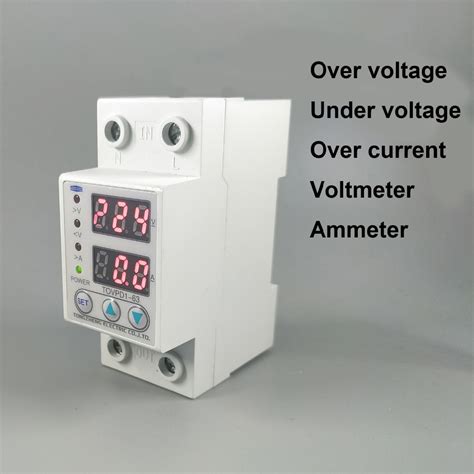
ALL ABOUT FLEX PCB
-
 Read more: Overvoltage Protection Circuit: Meaning, Types, and DIY Projects Explained
Read more: Overvoltage Protection Circuit: Meaning, Types, and DIY Projects ExplainedWhat is Overvoltage Protection? Overvoltage protection refers to the measures taken to safeguard electrical and electronic devices from damage caused by excessive voltage levels. When the voltage in a circuit exceeds its designed limit, it can lead to component failure, reduced lifespan, and even pose fire hazards. Overvoltage protection circuits […]
-
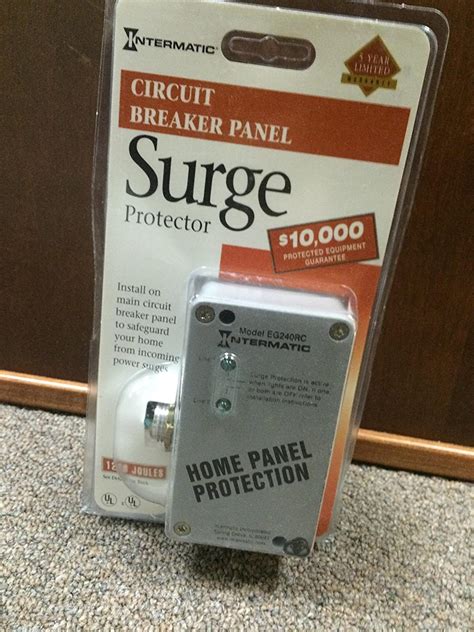 Read more: Surge Protector Circuits: Principle, Selection, And Design
Read more: Surge Protector Circuits: Principle, Selection, And DesignIntroduction to Surge Protector Circuits Surge protector circuits are essential components in electrical and electronic systems to safeguard sensitive equipment from damaging voltage spikes and transients. These circuits are designed to limit the voltage supplied to an electric device by either blocking or shorting to ground any unwanted voltages above […]
-
MOSFET Protection: How to Properly Protect It
Posted by
–
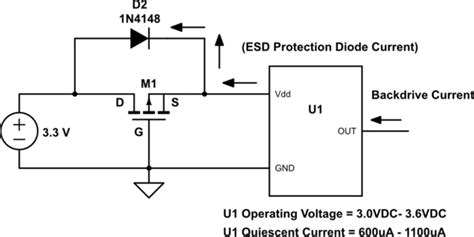 Read more: MOSFET Protection: How to Properly Protect It
Read more: MOSFET Protection: How to Properly Protect ItIntroduction to MOSFETs and the Need for Protection Metal-Oxide-Semiconductor Field-Effect Transistors, or MOSFETs, are widely used semiconductor devices that have revolutionized the electronics industry. They are essential components in various applications, ranging from power electronics to high-frequency circuits. However, despite their numerous advantages, MOSFETs are susceptible to damage caused by […]
-
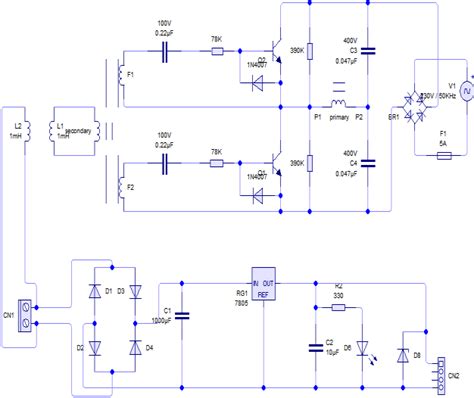 Read more: Wireless Charger Circuits – A Comprehensive Guide
Read more: Wireless Charger Circuits – A Comprehensive GuideWhat are Wireless Charger Circuits? Wireless charger circuits are electronic systems that facilitate the wireless transfer of electrical energy from a charging pad or station to a compatible device. These circuits utilize the principles of electromagnetic induction to create a magnetic field that induces an electrical current in the receiving […]
-
PCB Trace Width Calculator: How to Use It?
Posted by
–
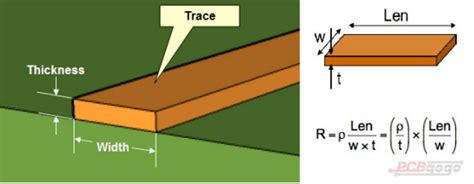 Read more: PCB Trace Width Calculator: How to Use It?
Read more: PCB Trace Width Calculator: How to Use It?Introduction to PCB Trace Width Printed Circuit Board (PCB) trace width refers to the width of the copper tracks or traces on a PCB that carry electrical signals between components. Determining the appropriate trace width is crucial for ensuring proper current carrying capacity, minimizing voltage drop, controlling impedance, and maintaining […]
-
Sonoff Mini: A Comprehensive Guide
Posted by
–
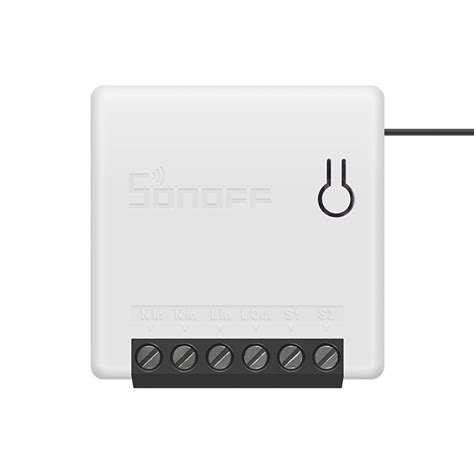 Read more: Sonoff Mini: A Comprehensive Guide
Read more: Sonoff Mini: A Comprehensive GuideIntroduction to Sonoff Mini The Sonoff Mini is a compact and versatile smart switch that allows you to control your home appliances remotely using your smartphone or voice commands. This guide will provide you with a detailed overview of the Sonoff Mini, its features, installation process, and how to integrate […]
-
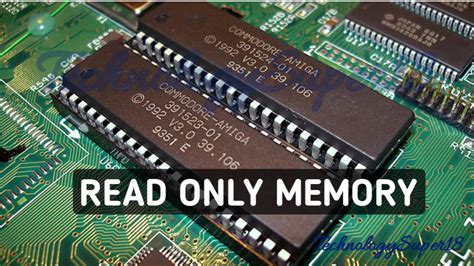 Read more: Primary Memory: RAM, ROM, Concept and Differences
Read more: Primary Memory: RAM, ROM, Concept and DifferencesIntroduction to Primary Memory Primary memory, also known as main memory or internal memory, refers to the computer memory that is directly accessible by the CPU (Central Processing Unit). It is used to store data and instructions that the CPU needs to execute programs and perform tasks. Primary memory is […]
-
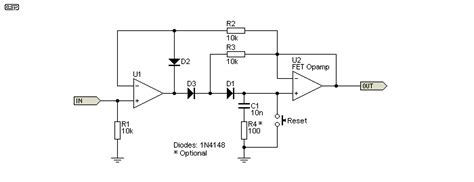 Read more: Peak Detector Circuit: How to Build One with Simple Components
Read more: Peak Detector Circuit: How to Build One with Simple ComponentsWhat is a Peak Detector? A peak detector, also known as a peak hold or envelope detector, is an electronic circuit that captures and retains the highest (peak) value of an input signal over a period of time. It essentially “remembers” the maximum amplitude of the signal, even after the […]
-
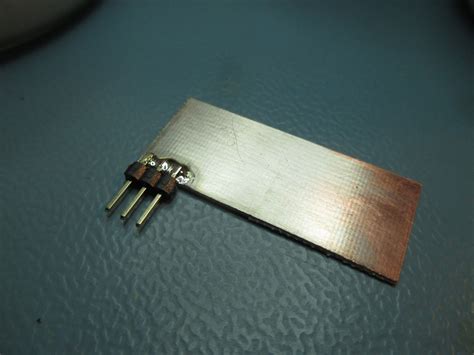 Read more: PCB Tinning-How Can I Get The Best Effect On The PCB
Read more: PCB Tinning-How Can I Get The Best Effect On The PCBWhy is PCB Tinning Important? PCB tinning is essential for several reasons: Protection against oxidation: Copper, the primary conductive material used in PCBs, is prone to oxidation when exposed to air. Oxidation can lead to poor solderability and reduced conductivity. Tinning the copper surfaces creates a barrier that prevents oxidation, […]
-
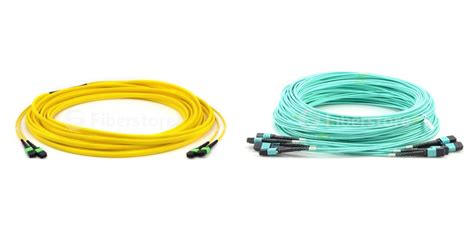 Read more: YOUR RELIABLE CUSTOM CABLE ASSEMBLY SUPPLIER IN CHINA.
Read more: YOUR RELIABLE CUSTOM CABLE ASSEMBLY SUPPLIER IN CHINA.Introduction to Cable Assembly and Its Importance Cable assembly is a crucial component in various industries, from electronics and telecommunications to automotive and aerospace. It involves the process of bundling and organizing wires, connectors, and other components into a single unit, making it easier to install and maintain complex electrical […]




